There is nothing like the thrill of getting a White House invitation. Even though I worked there at the time, I vividly recall the sparkly feeling when I read that “The President and First Lady” requested the pleasure of my company at a reception for the U.S. Embassy hostages who had just come home from captivity in Iran.
It was a great stroke for my ego, simultaneously a sensation of importance and reward for work well done. My origins are plebian and it ranked among the most exciting things that happened to me since being unexpectedly invited to tea with Princess Margaret at Oxford.
A White House social invitation is an informal tool of presidential power. From George and Martha Washington onward White House invitations have been used to achieve policy aims. They have literally shaped America.
In the Republic’s early days Dolley Madison set the bar for White House entertaining. She threw the first-ever Inaugural Ball, presided over weekly receptions featuring prodigious quantities of alcohol and introduced ice cream to America. To sound out political leanings on Capitol Hill, she held “dove parties” with congressional spouses.
Space was a problem even then. Her events were so popular guests literally jammed the White House’s tight quarters, giving them the name “crushes.”
As the Napoleonic Wars raged in Europe, France and Britain vied for influence in America. While Dolley entertained, James Madison huddled in a corner with key players, sounding out allies and plotting his next moves during the tense period leading up to the War of 1812.
Her efforts to promote mediation through social events ultimately failed. War with Great Britain ensued. The White House was burnt, but Dolley won acclaim for rescuing precious documents. At a 1985 presidential dinner, I and other guests saw the scorch marks around windows undergoing renovation.
After the Battle of New Orleans she threw a grand party for General Andrew Jackson. It was so packed she used slaves as human candleholders to keep the overcrowded White House rooms illuminated.
Jackson, a backwoodsman and war hero, was the first populist president. Twenty thousand frontier denizens that one reporter described as “a rabble, a mob of boys, negroes, women, children, scrabbling, fighting, romping” trooped through the White House on Inauguration Day, leaving a mess in their wake. Afterwards Jackson spent heavily to redecorate. It was a period of fierce partisan passions, but as many as a thousand guests attended his lavish receptions. Even in polarized times, it’s hard to decline a White House invite.
The Polk presidency stands out for impressive deal making. James and Sarah Polk were political partners throughout their marriage. She edited and sometimes wrote his speeches, campaigned with him, attended sessions of Congress and used White House entertaining to cultivate political relationships that would advance the country’s territorial ambitions during the era of “Manifest Destiny.”
To facilitate in-depth conversation and deal-making, Sarah eliminated dancing at White House receptions. She restricted dinner drinks to a mere six glasses, keeping guests sober and focused. They nicknamed her “Sahara Sarah,” but her friend Dolley Madison threw what today we would call “after parties,” coordinated so that Sarah’s parched guests could imbibe freely and go home contented.
These social events were instrumental in furthering deals that opened Oregon to settlement and led to the annexation of Texas and purchase of California, Colorado, Arizona, New Mexico, Nevada and Utah. An 1847 agreement with Columbia gave America the right to build the Panama Canal. Polk’s 1848 State of the Union announced the discovery of gold at Sutter’s mill, and Virginia City’s Comstock lode financed the coming Civil War.
Jackie Kennedy’s entertaining brought celebrities from the arts and culture together with politicians to create an aura of glamour for the Kennedy White House. She helped catalyze the image of Camelot that still characterizes his presidency.
She revamped the White House, saying the furnishings looked like they came from “a wholesale furniture store during a January clearance.” She created a Fine Arts Committee to collect period furniture from around the country and raise private funds to buy the pieces and redecorate the building. Her televised White House tour of the results was watched by 46 million viewers.
JFK had only five Inaugural Balls. Their number has grown steadily under each president. The Obamas had ten. The need for more entertaining space within the secure perimeters of the White House is clear.
In the past 125 years we’ve grown from 76 million inhabitants to 342 million. The White House’s cramped quarters are simply too small for gatherings of the growing number of movers and shakers, influencers and influentials in contemporary American society.
A large ballroom will give future presidents far more maneuvering room, literally and figuratively, to use the magic of White House invitations to achieve their aims. They can thank Trump for it.
Trump’s Ballroom will make America more powerful
A large ballroom will let future presidents use the magic of White House invitations to achieve their aims
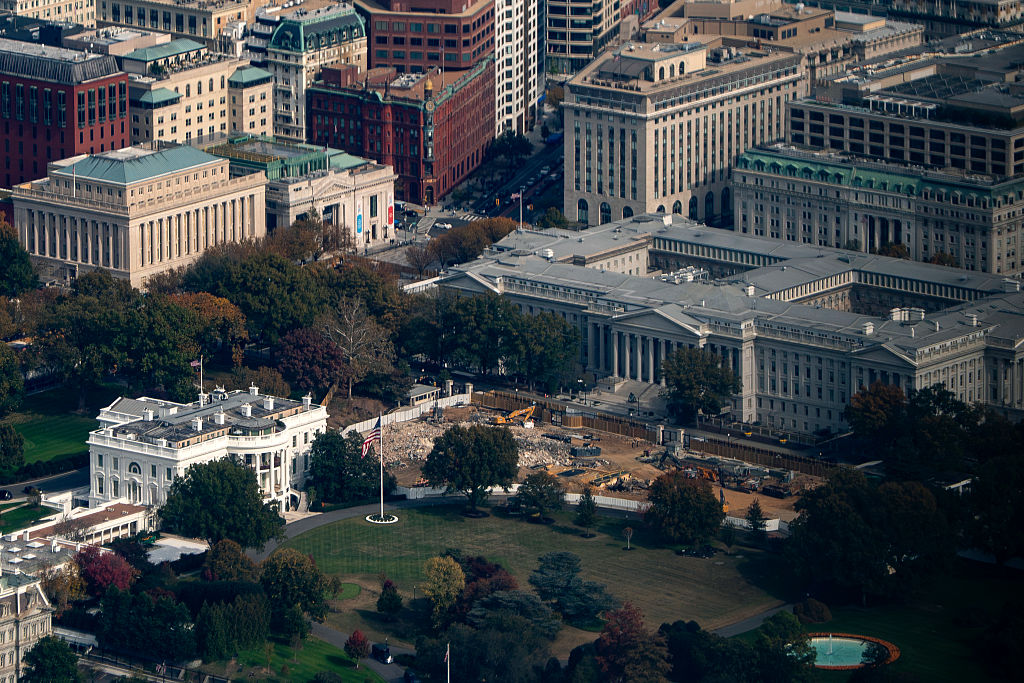
Demolition of the East Wing of the White House continues for the construction of Donald Trump’s new ballroom (Getty)
There is nothing like the thrill of getting a White House invitation. Even though I worked there at the time, I vividly recall the sparkly feeling when I read that “The President and First Lady” requested the pleasure of my company at a reception for the U.S. Embassy hostages who had just come home from captivity in Iran. It was a great stroke for my ego, simultaneously a sensation of importance and reward for work well done. My origins are plebian and it…









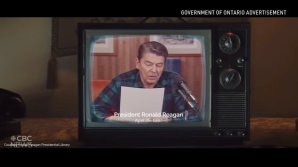
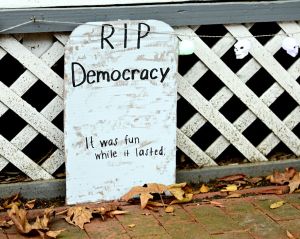

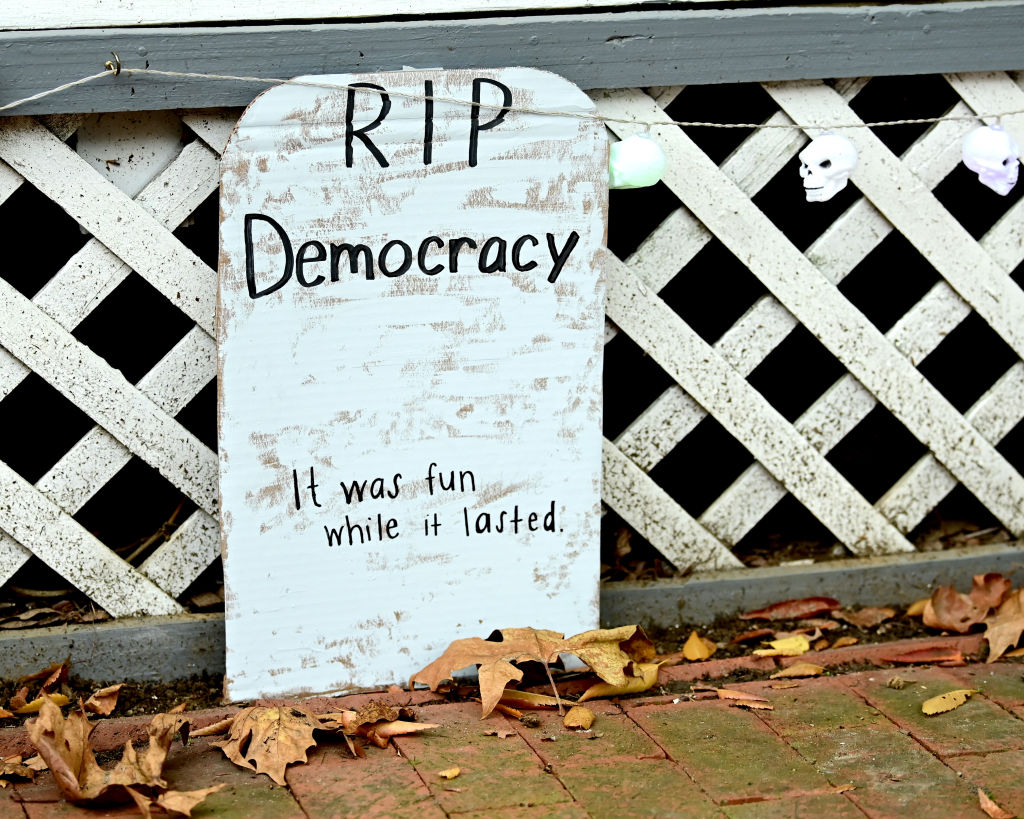
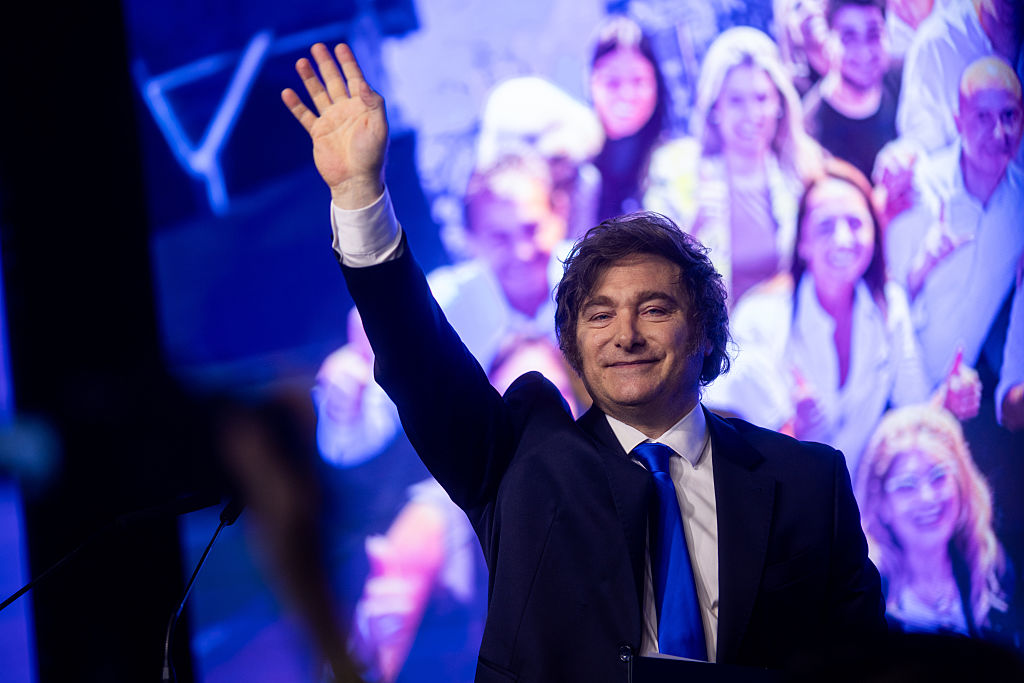
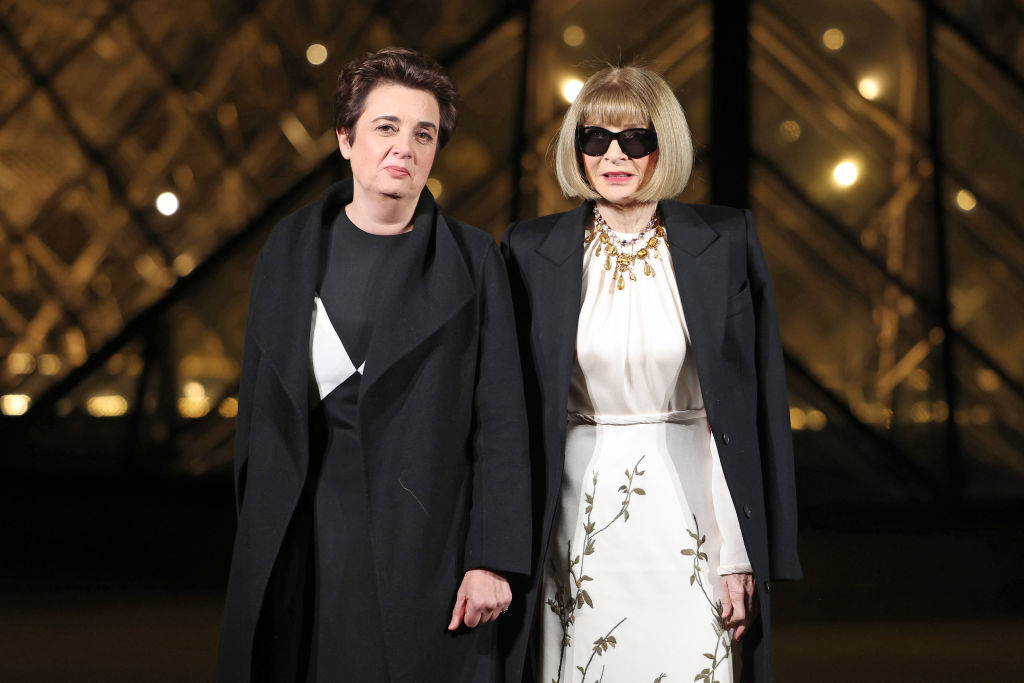
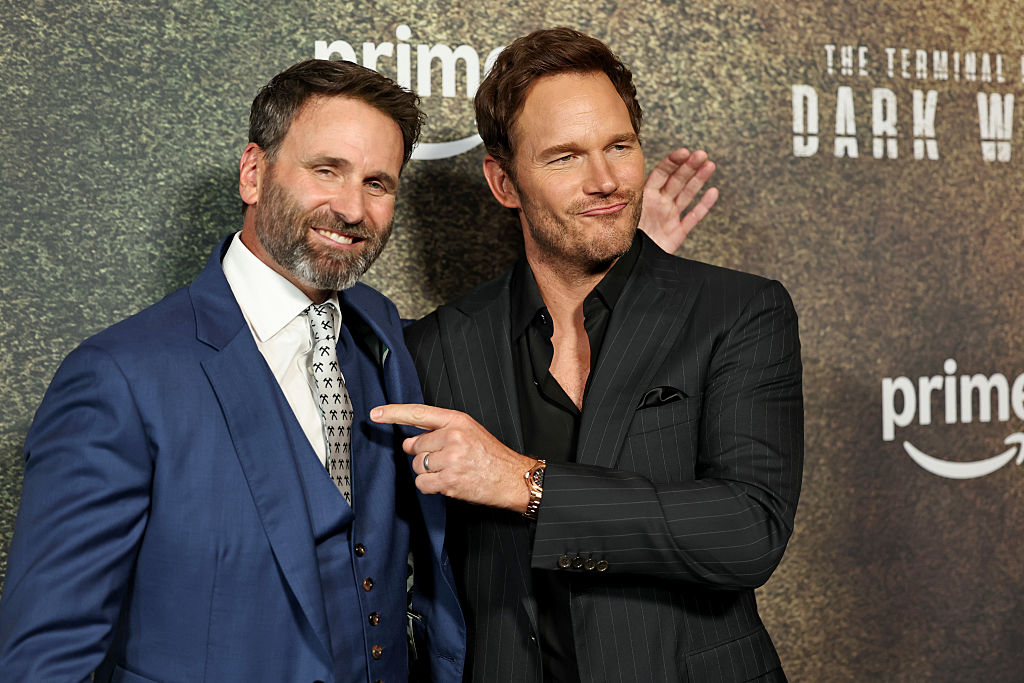
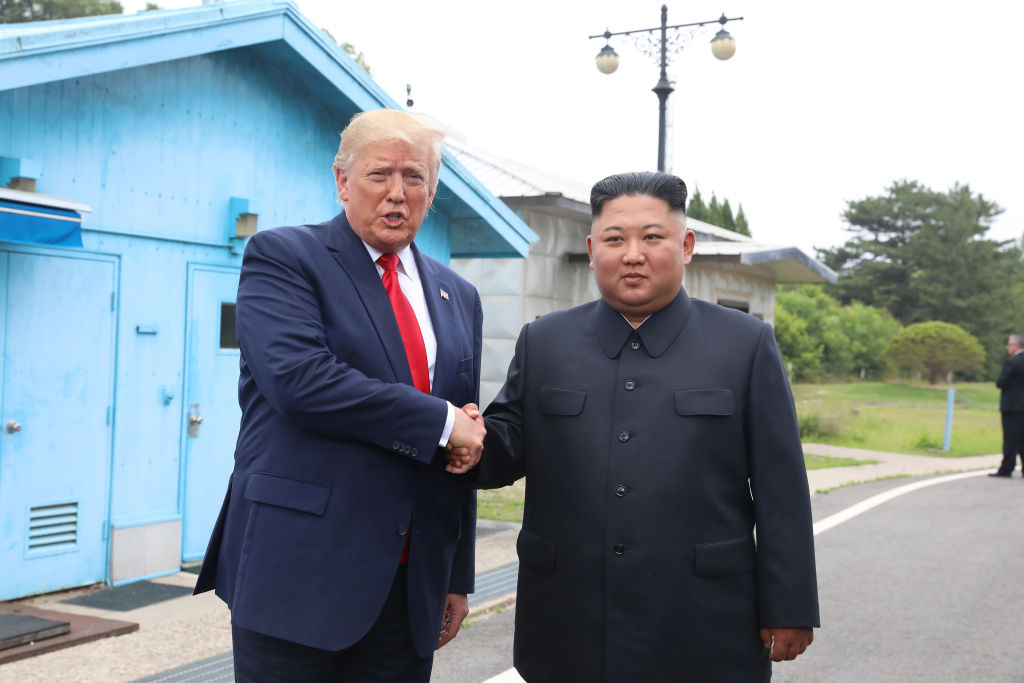
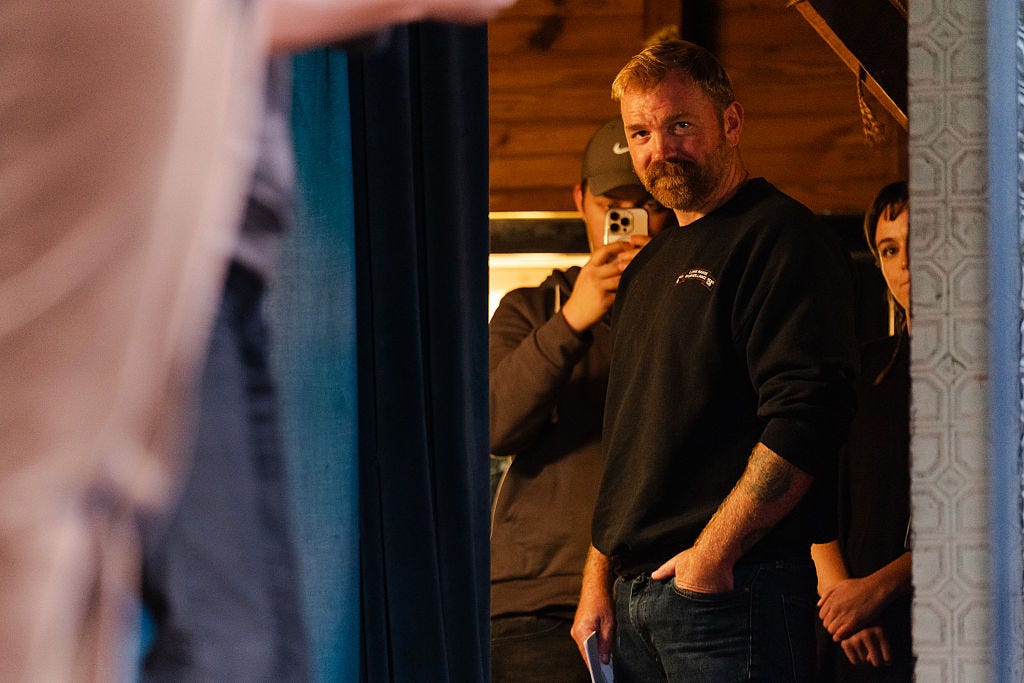

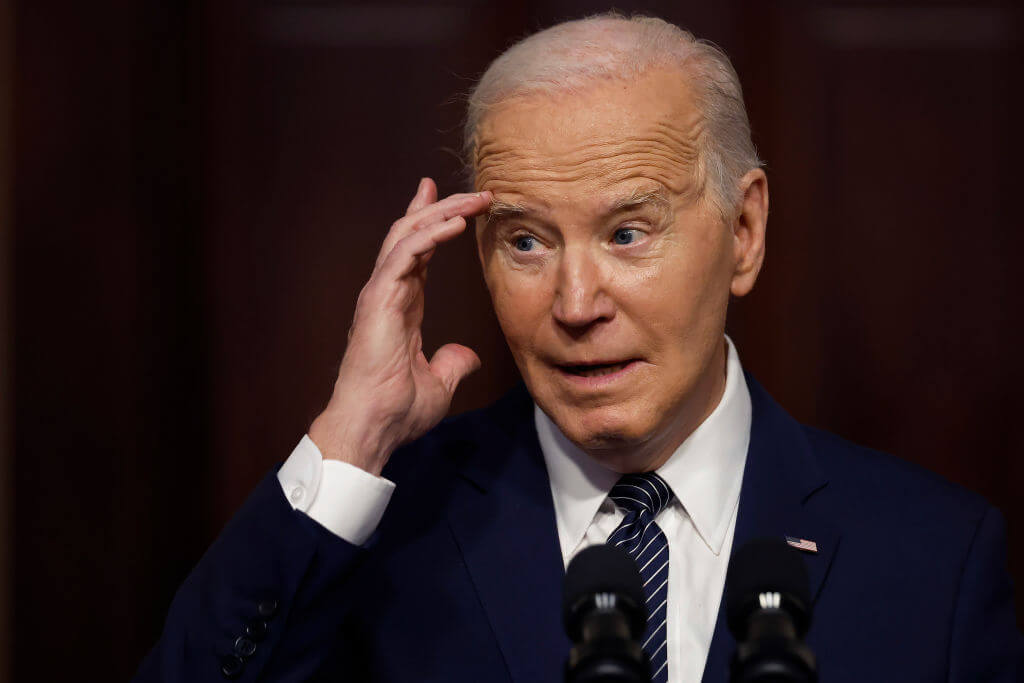


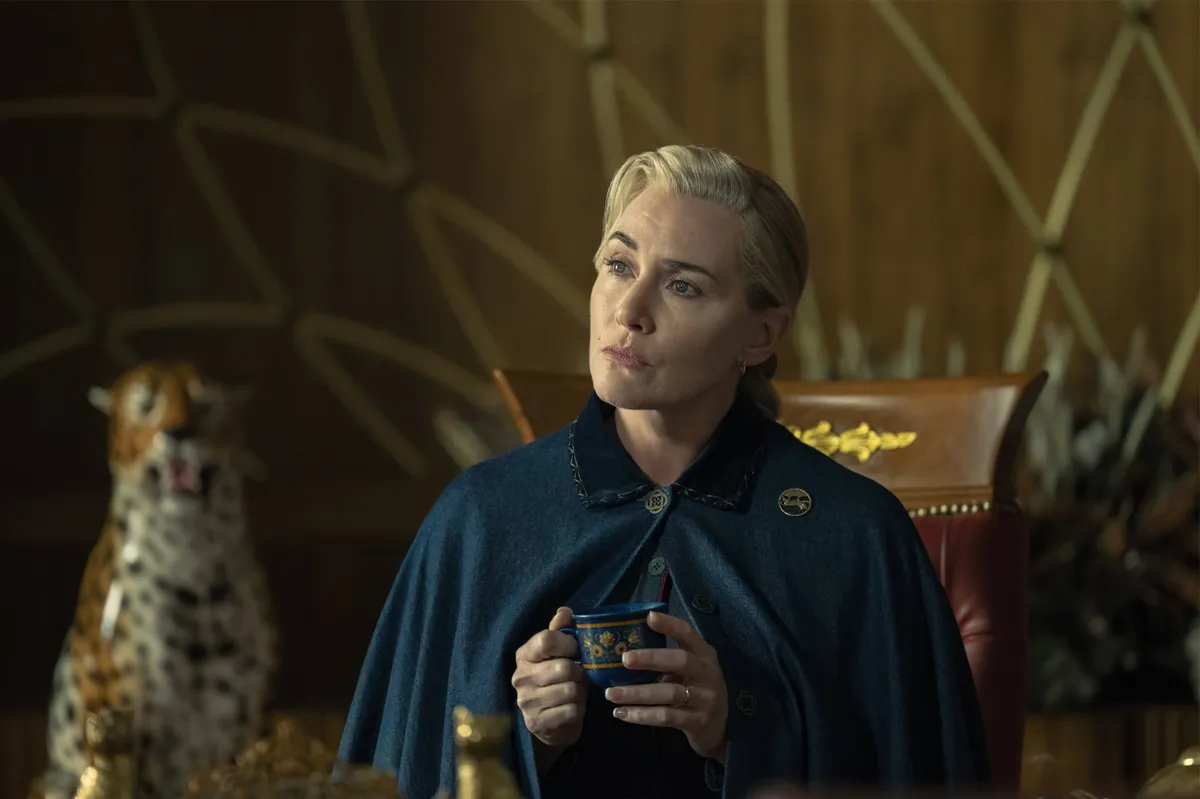
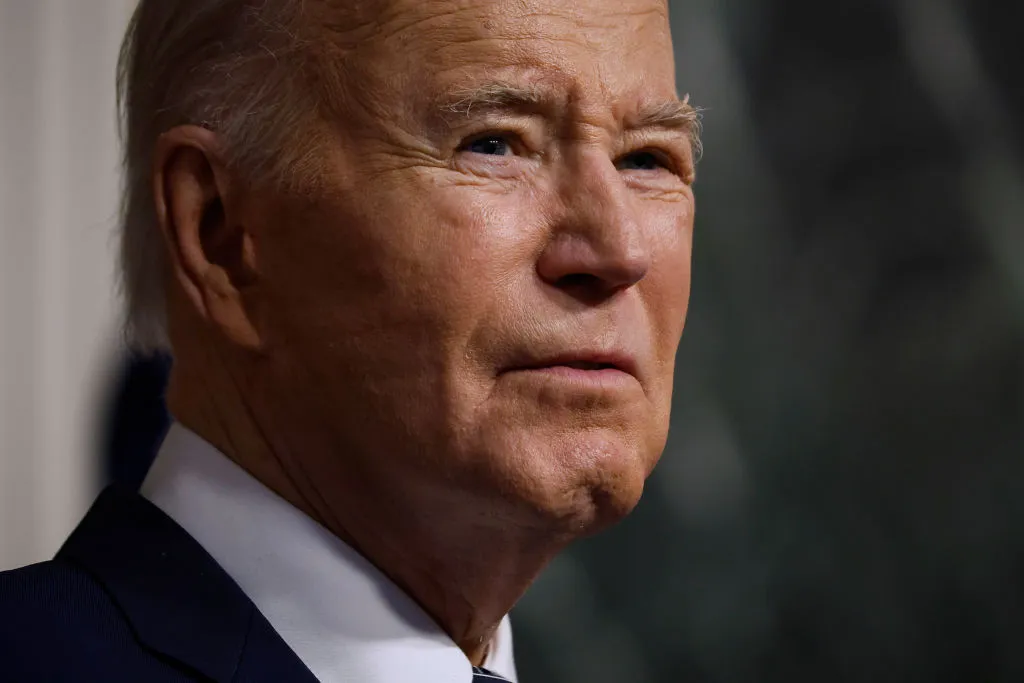

Leave a Reply